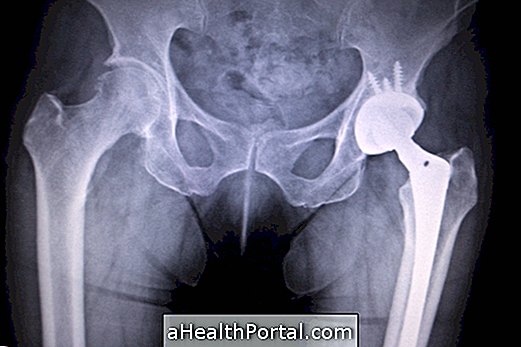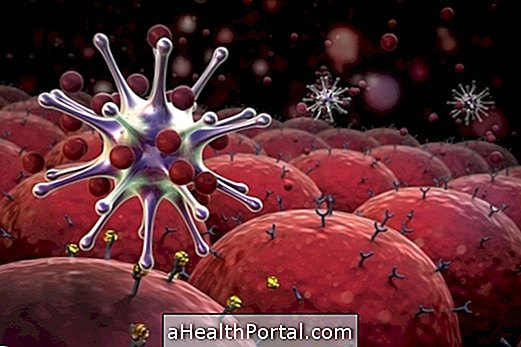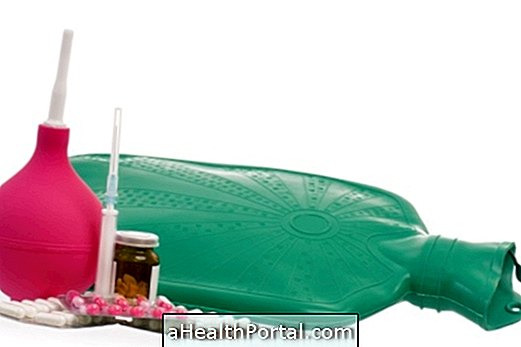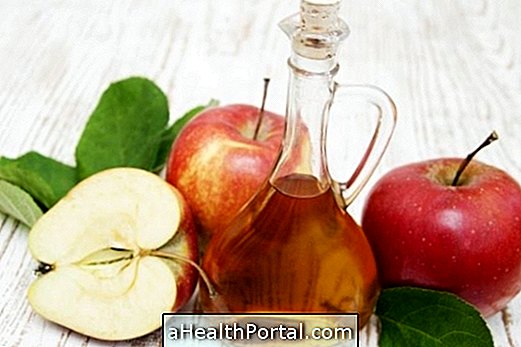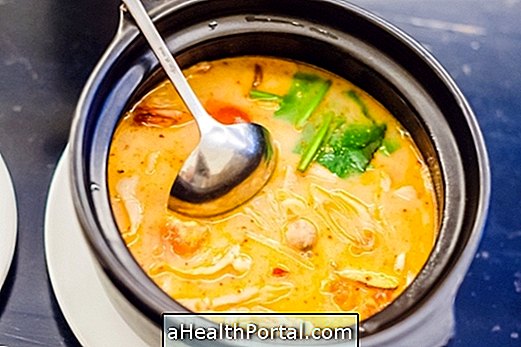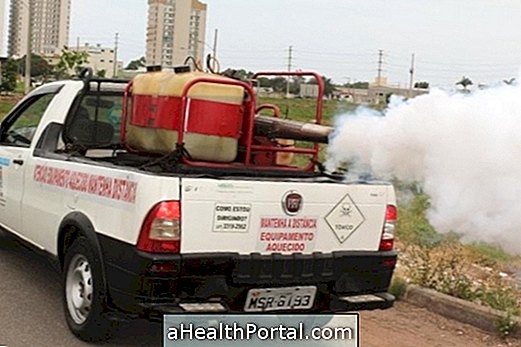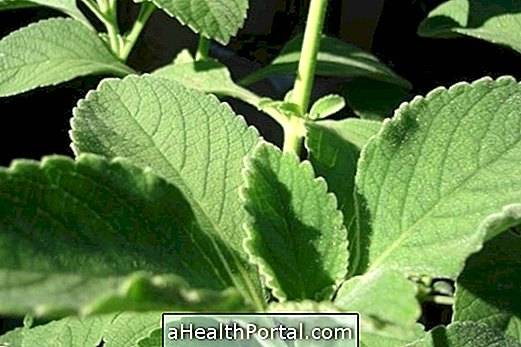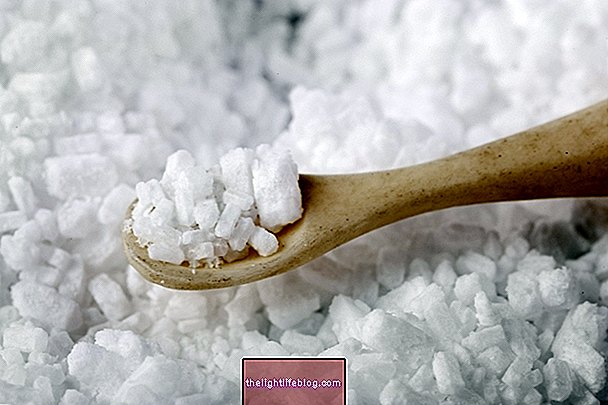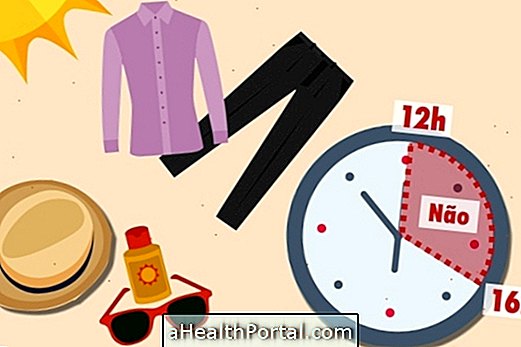The expiration date corresponds to the period given by the manufacturer in which the food, under ideal storage conditions, is viable for consumption, that is, it does not present nutritional changes and does not favor the development of microorganisms, with no risk of disease.
Although some foods are considered safe for consumption even when out of date, with spices, pasta and rice, for example, others, even if they do not show changes in their texture, smell, color or flavor, can be dangerous to health. This is because some microorganisms present in food can proliferate without causing any noticeable change and interfere with the quality of the food, putting the person's health at risk. For this reason, the consumption of food after its expiration date is considered a public health problem, as food intake is often conditioned by visual and / or perceptual characteristics, resulting in disease.
For the food to be considered safe for consumption, including what is within the validity period, it is important that it is stored in the correct way according to the manufacturer's recommendation, which is usually described on the label. The lack of adequate storage favors the development of microorganisms that can cause disease.

How to know if a food can be eaten
To consume a food safely, it is important to pay attention to the expiration date indicated on the label, as well as its storage conditions and some characteristics that may be indicative of the growth of pathogenic microorganisms. Thus, the main characteristics to be observed are:
- Color: observe carefully if the color of the food is as expected or if it has changed. A good example is the packaged meat, which when it starts to rot, undergoes small changes in its color, starting to turn a greenish color;
- Smell: the second step, step to identify whether the food can be consumed or not is through its smell, which can indicate whether the food is sour, spoiled or rotten, for example. A great example is the soup, which when it starts to rot has a sour smell;
- Texture: the texture also helps to identify whether or not a food is good to be consumed, because if it becomes altered or has a frilly, granular or thick appearance, it can indicate that the food is damaged. A good example of this is the cream, which when it is spoiled is cut and its texture is no longer homogeneous;
- Flavor: it is the last characteristic to be evaluated, as it can put the person's health at risk. This characteristic is usually evaluated only when the other characteristics appear normal. In that case it is advisable to taste a small amount of the food before consuming it in its entirety or using it for cooking.
The expiration dates are established by the manufacturer through several tests carried out to assess the potential for microbial growth in the food against different storage conditions. It is important to pay attention to the shelf life of the food, because even if no changes are identified in the characteristics of the food, some microorganisms may have proliferated or produced toxins that can result in food poisoning. Know how to identify the symptoms of food poisoning.
Can I eat some food after the deadline?
Although the expiration date is an important indication for checking the quality of the food, some can be consumed even after the expiration date. This is due to the fact that their storage conditions are not so demanding and because they tolerate wide variations in temperature.
Some of the foods that can be eaten out of time without putting your health at risk are dry pasta and rice, flour, salt, sugar, spices, water and frozen vegetables, for example. These foods can usually be consumed a few months after their expiration date, as long as there are no changes in their color, smell, texture or taste. In addition, their packaging must also be sealed and stored in accordance with the instructions given by the manufacturer.
Chilled foods such as meats, yogurts, milks, sour cream, condensed milk and curd, for example, are examples of products that should not be consumed after expiration and their characteristics should be evaluated even when they are due. In addition, medications and supplements are also examples of exceptions that should only be used when within the expiration date, as they may represent a health hazard.
Was this information helpful?
Yes No
Your opinion is important! Write here how we can improve our text:
Any questions? Click here to be answered.
Email in which you want to receive a reply:
Check the confirmation email we sent you.
Your name:
Reason for visit:
--- Choose your reason --- DiseaseLive betterHelp another personGain knowledge
Are you a health professional?
NoMedicalPharmaceuticalsNurseNutritionistBiomedicalPhysiotherapistBeauticianOther
Bibliography
- THE BOARD OF REAGENTS OF THE UNIVERSITY OF NEBRASKA. Food Storage. 2007. Available at:. Accessed on Dec 12, 2019
- SANTOS, Kátia M. O et al. Consumer perception in relation to the validity of food products. Environmental Health Minutes - ASA. Vol 03. 2 ed; 66-73, 2015
- VHL. Food care. Available in: . Accessed on Dec 12, 2019











